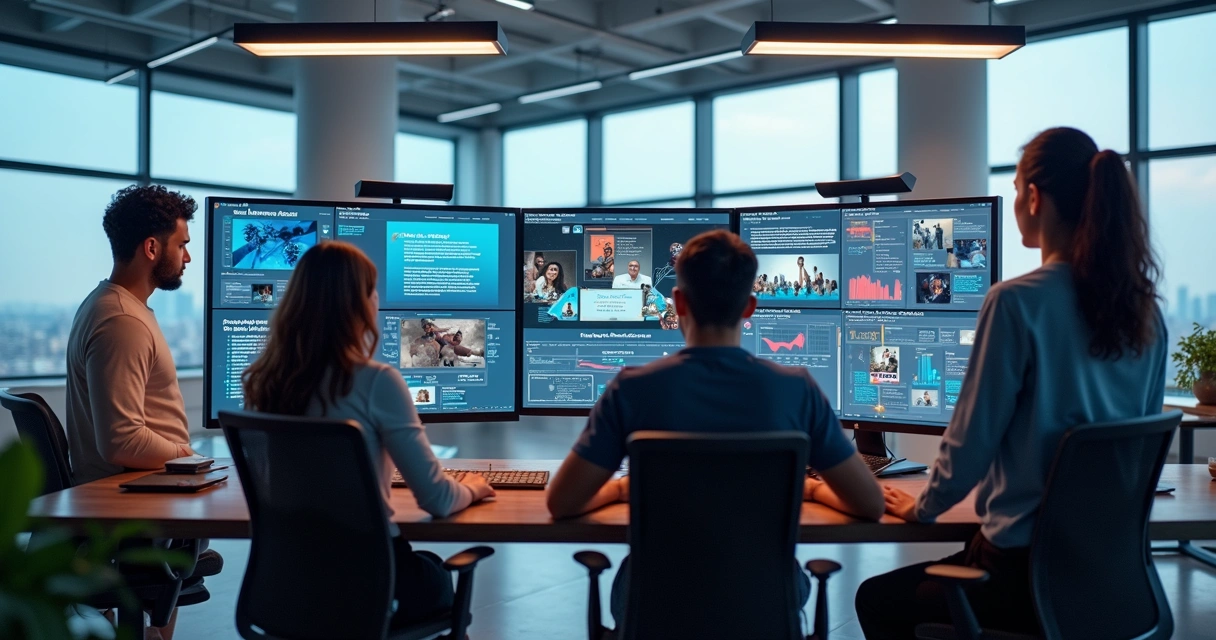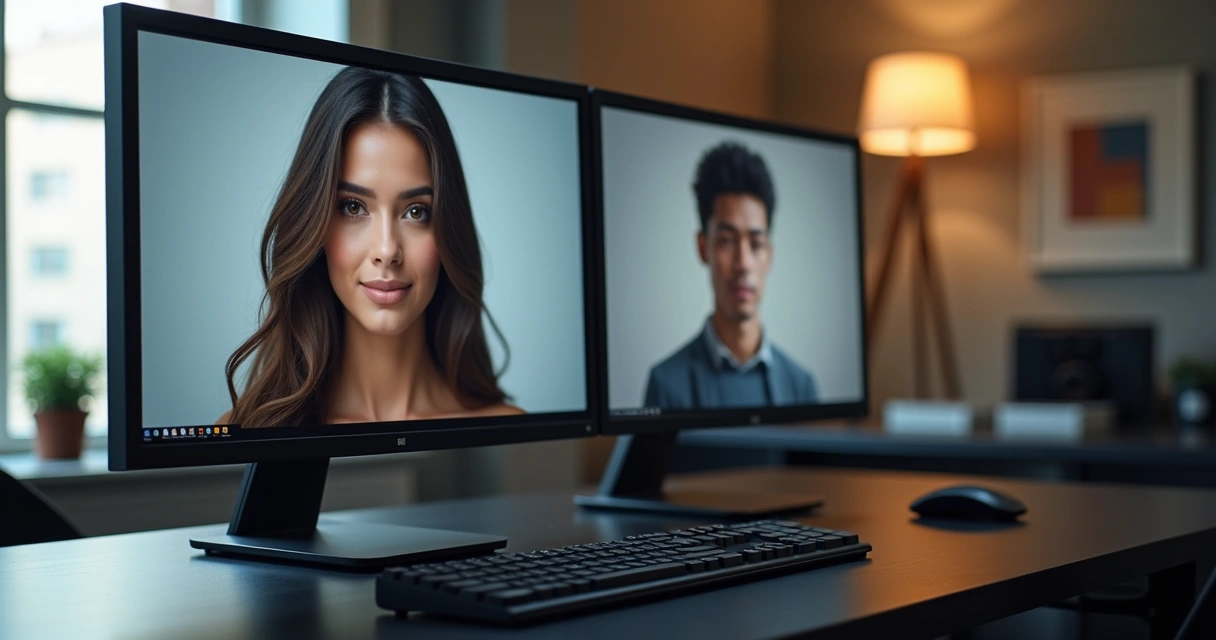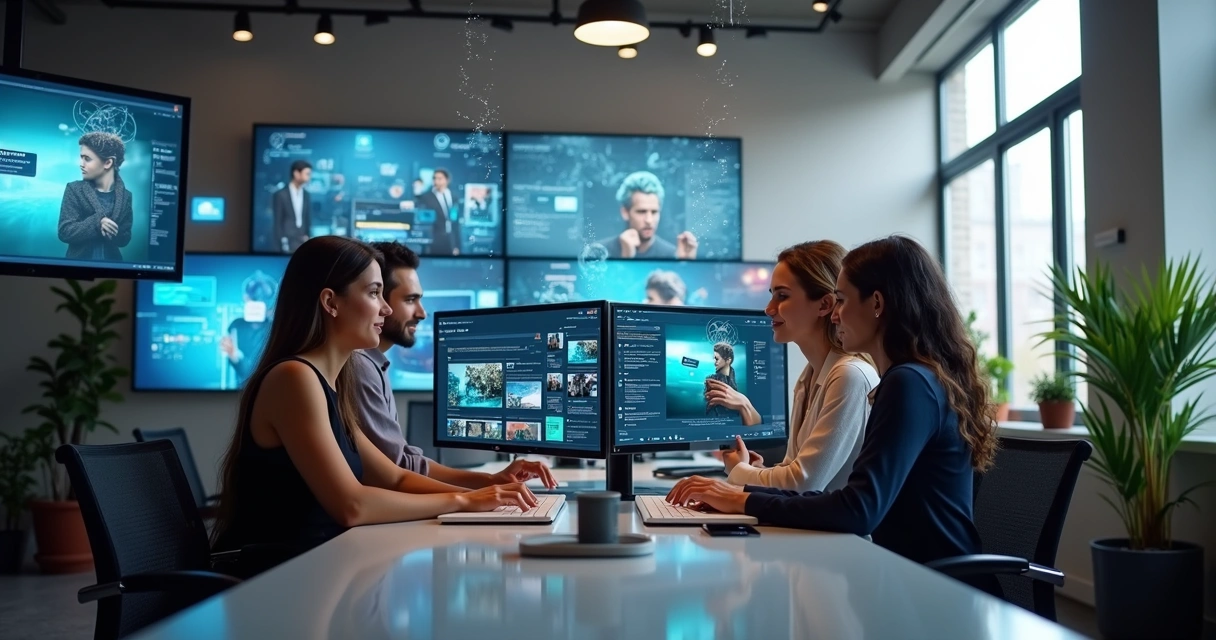There’s something exciting and perhaps quietly unnerving about how fast artificial intelligence keeps weaving itself into our daily work. For teams in marketing, where doing more with less time and budget is almost a daily mantra, this new wave of technology is, I think, a mixed blessing. It brings a gap between what was possible yesterday and what will soon be the old way. Here, we’ll look at the biggest ways generative artificial intelligence—let’s call it “generative AI” for short—changes how creatives are made, tested, and improved in the universe of digital ads, especially for social platforms like Meta Ads.
If you’re curious where to start or want a peek at what’s already changing for marketing professionals, agencies, and business folks, this story should feel both familiar and a little visionary.
What is generative AI and why does it matter for ad creatives?
Generative AI is a type of artificial intelligence that makes entirely new things. Not just analyzing data, not calculating the best option, but actually generating something: a catchy ad headline, a striking image, a dynamic video clip, sometimes complete with a photorealistic actor who never existed. This is possible because of recent leaps in machine learning and deep neural networks, such as transformers (for language and even imagery), generative adversarial networks (GANs), and variational autoencoders (VAEs).
The real surprise? Generative AI blurs the line between idea and execution.
Imagine brainstorming a week’s worth of marketing assets, then producing each variant—text, images, videos—in a few minutes instead of days. Now combine this output with insights from data, brand guidelines, and campaign goals, and suddenly, what used to take a full creative team can be handled at a new scale, speed, and cost.
Platforms like Automads have harnessed generative AI’s creative firepower for the specific demands of social ad teams. That means marketers generate polished ad variants, test quickly, and keep campaigns visually and textually fresh without endless Photoshop, writing marathons, or video shoots. If you’ve ever found yourself late at night reworking an ad creative for the third time, only to wish for an extra set of hands, you’ll get why this step-change feels so big.
Why marketers are turning to AI—by the numbers
- Nearly 90% of advertisers already use or will soon use generative AI to create video advertisements, with expectations that generative models will soon power 40% of all video ads (see the report here).
- About 73% of marketing teams have integrated generative AI into workflows, helping with creative development, campaign strategy, and performance analysis (as surveyed here).
- More than half of marketers now use or test AI for tasks like content creation and campaign ideation (view research).
- In the United States, around 70% of marketers use generative AI or chatbots daily to assist with advertising and audience engagement (according to Statista).
The swift adoption isn’t about “shiny object syndrome.” It’s often a practical response to relentless pressure: generate more content, manage many versions, lower costs, and keep creative quality high. The mechanic that makes it work? Generative AI tools are there to handle the boring parts, the repetitive rewrites, and even the experimental flavors of copy and visuals, giving human creators more time for strategy (and, let’s be honest, recovery).
The science and art behind generative AI
Let’s look a little deeper. Unlike other “automation” tools, generative AI can make new content from scratch. Here’s how the most common models work:
- Transformers: These are great for processing and generating language, but they can also be adapted to mix language and images. Think of ChatGPT or models for image captioning—transformers handle lots of ad copywriting these days.
- GANs (Generative Adversarial Networks): A clever two-team setup, one side creates fake data (images or video), the other side tries to detect fakes. The result? GANs generate life-like photos, actors, or settings with uncanny realism.
- VAEs (Variational Autoencoders): These encode input into a compressed representation, then “decode” into fresh, plausible outputs. VAEs are used in some cross-modal creative tools—where video, sound, and text combine.
So when you type in a prompt—say, “a cheerful runner crossing a finish line at golden hour”—the AI model tries to build a new image (or video, headline, or script) that matches your intent, style, and sometimes even your brand’s past tone and look.
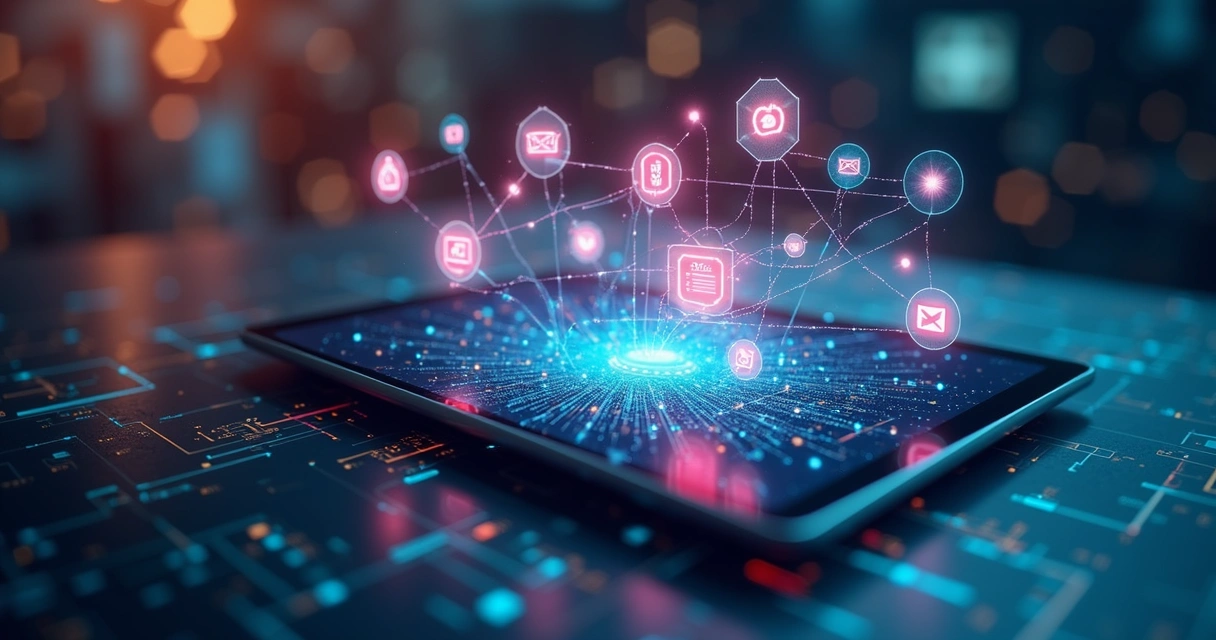
Seven key uses for generative AI in fast ad creation and testing
Let’s break down where AI isn’t just a buzzword, but a practical, well-worn tool that moves the needle for social ad creatives.
1. automated text variations for ad copywriting
Marketers sit down to write new headlines or social ad copy, and almost immediately run into the problem of “Didn’t I already try that?” Freshness matters, and so does volume—testing 5, 10, or even 80 headline variations matters for performance.
Generative AI produces copy at scale—headlines, descriptions, CTAs—all with your product, offer, or seasonal twist.
The process looks roughly like this:
- Set your brand voice, style, and key campaign message.
- Feed in your product/offer data and any constraints (no certain words, must mention a feature, etc.).
- Request 10–50+ ad variations for rapid testing.
- Review, tweak, or directly test outputs.
Sometimes these tools collaboratively suggest lines, and marketing pros reject, combine, or reshape results. With a platform like Automads, you might set up an entire flow where every campaign gets an “idea pack” of copy, already brand-aligned, without opening a blank document.
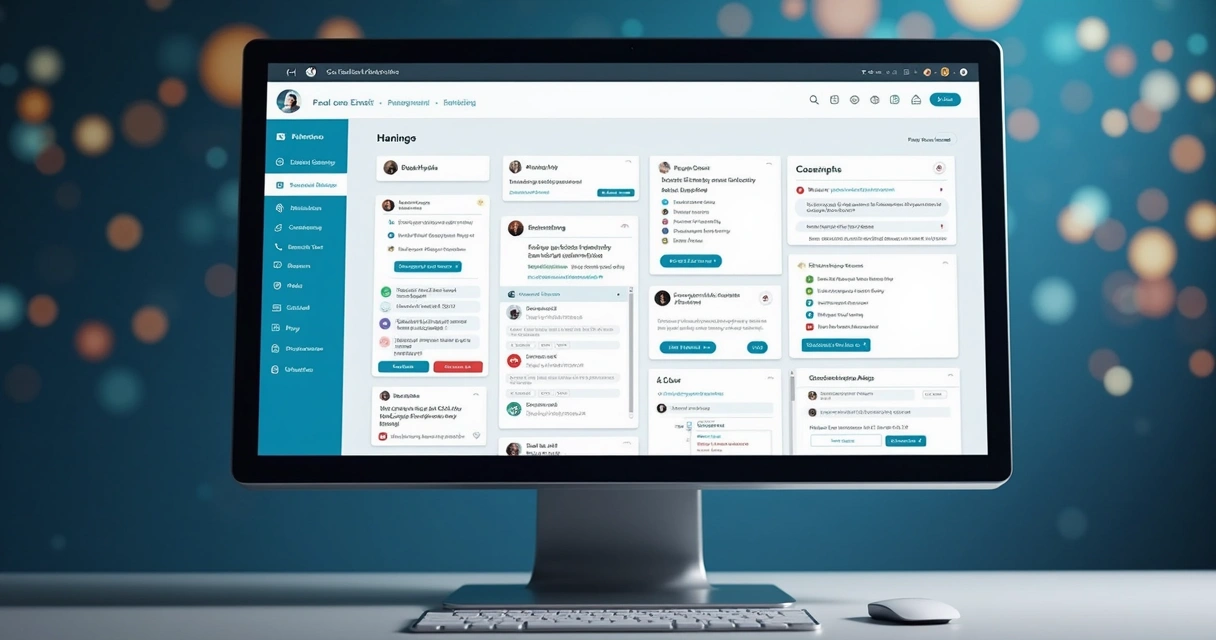
2. instant static social media images
No more last-minute photoshoots, endless stock searches, or photoshop wizardry. Generative AI can create images that match your brief (color, mood, composition), tied to what you want to say—even swapping in models, backgrounds, or props on demand.
- Input: Your product, brand colors, tagline, and intended audience.
- Output: Dozens of image variants styled for Instagram, Facebook, or LinkedIn—sometimes with built-in space for your logo or overlay text.
What’s unexpected at first is just how fast it goes. Adjustments—swap a winter theme for summer, change the model’s pose, tweak the lighting—all in minutes, not hours. Some marketers still have their favorite photo assets, of course, but the option to “fill in” visual gaps saves enormous time as campaigns scale.
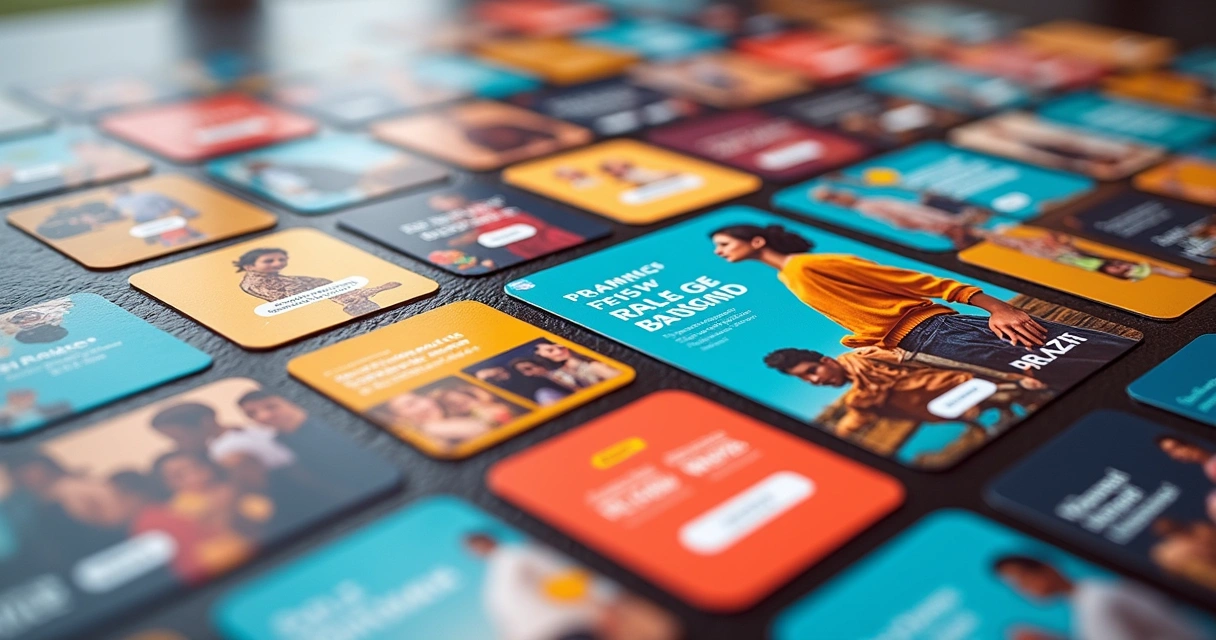
3. AI-generated actors and scenes in video ads
This one feels a bit uncanny, I admit. Generative AI can now create photorealistic actors, entire sets, and even video action for short-form ad creatives. You want someone who fits your demographic, smiling and speaking a campaign message? That’s now possible—voice and all—using deep learning models.
Actors don’t need a makeup trailer. Sets don’t need to be real.
Workflows for AI video generation might include:
- Choosing prosthetic actors matching brand audience.
- Selecting or generating a set (a sunny kitchen, a busy street).
- Scripting with AI-generated dialogue, synced to lips and gestures.
- Reviewing multiple takes—then rendering the best within minutes.
A lot of teams still want real faces, but for “generic” product intros, localizations for multiple markets, or rapid-fire A/B tests, these AI actors mean hundreds of video variants in the time it once took for one.

4. rapid translation, localization, and cultural adaptation
A good message lost in translation is, honestly, pretty common. Generative AI, especially models trained on huge amounts of language data, can now localize ad content with nuanced voice and cultural awareness.
- You input your creative brief in English (or your main language).
- AI offers tailored versions, not just for language but with local idioms, visual cues, even holiday reference swaps.
- Run parallel tests with region-specific ads, learning fast what appeals where.
For big brands and fast-moving agencies, this shortens the gap between “great idea” and “global rollout.” And for smaller businesses breaking into new regions, suddenly the old cost barrier to localization drops incredibly.
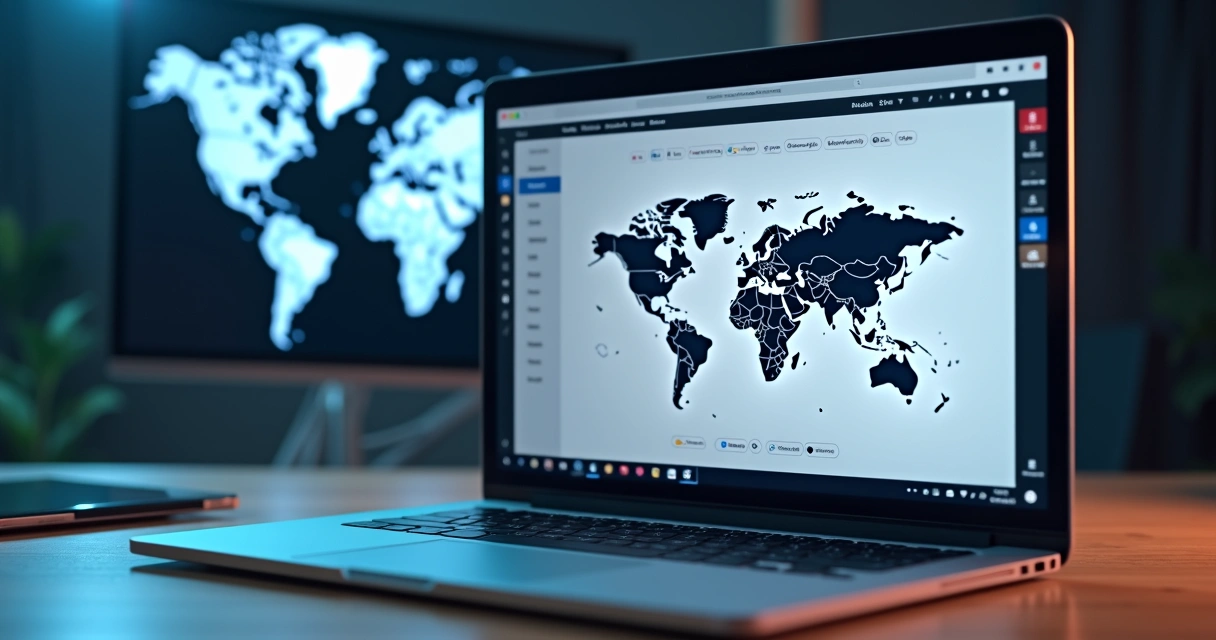
5. creative testing at massive scale
Here’s a classic pain: spending weeks making a few ad variants, then waiting days to test results. Generative AI changes the game here, too. Instead of testing just two or three images and a handful of headlines, AI can generate—and help manage—dozens, sometimes hundreds, of versions. More options, more data, less fatigue.
- Generate a cross-matrix of images, copy, and calls to action.
- Use AI to predict best performers (with machine learning scoring).
- Push variants live for real-world testing on social platforms.
- Quickly identify winners, shift budget, pause underperformers.
Campaign management tools, like what Automads provides, can automate a lot of this—and the result is a near-instant feedback loop. Good ideas bubble up. Weak content is scrapped faster. Less budget is wasted.

6. maintaining brand consistency across creative assets
With so many assets, channels, and deadlines, it’s scarily easy to let brand style slip. Generative AI, paradoxically, can act as a strong safety barrier, quickly embedding brand guidelines and tone into every output:
- Match colors, fonts, and imagery styles to your brand book.
- Enforce “do and do not” phrases in ad copy with model constraints.
- Auto-check for visual and textual consistency, flagging errors before you ever see them.
For agencies juggling many brands, or for companies with complex product families, the consistency check pays off—I’ve seen last-minute mistakes that would go live without an AI assistant double-checking things.
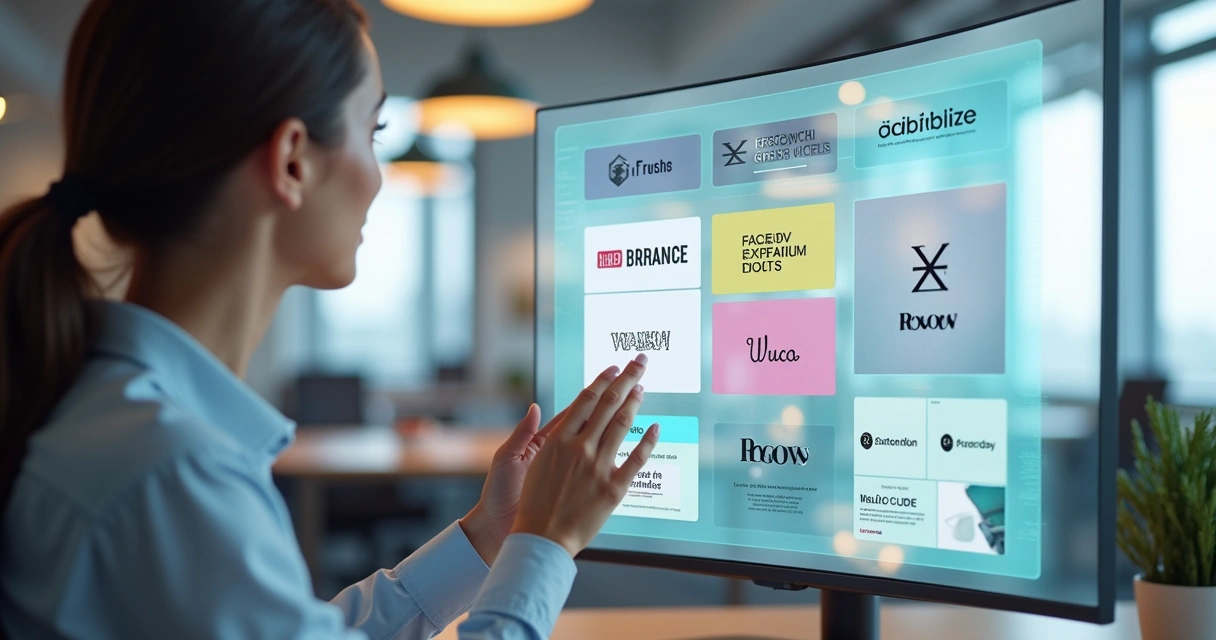
7. streamlining campaign updates and compliance
Regulations change. Promotions end. New product details appear. Handling dozens or hundreds of existing creatives is tedious—but generative AI can update text, offers, or legal disclaimers across all assets almost instantly.
- Bulk find-and-replace in copy or overlays.
- Auto-update visuals to reflect new product models or features.
- Check compliance with platform policies or local advertising rules (child audiences, sensitive products, etc.).
This means teams spend less time “chasing their tail” after changes and more time thinking up fresh creative strategies. Automads users, for instance, often remark on how campaign updates that once took days now feel like a routine click.
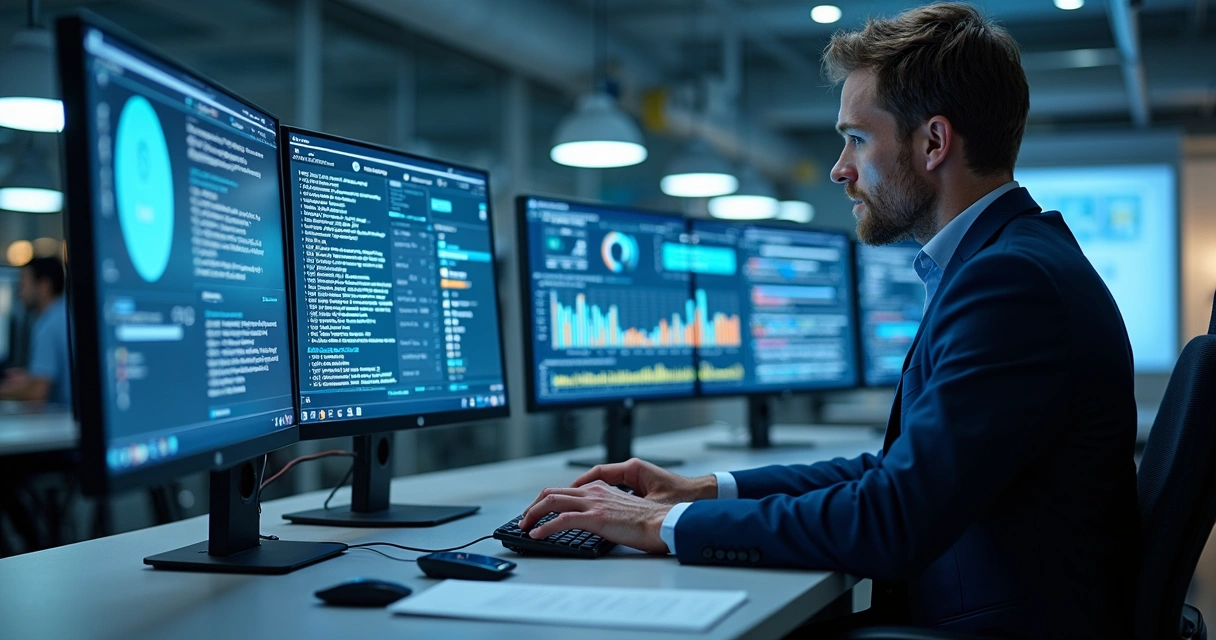
The complete AI-powered creative workflow
Seeing the trees is useful, but what about the whole forest? Here’s how end-to-end campaigns look when generative AI is at the center:
- Creative Brief: Teams or agencies set campaign goals, brand guidelines, product facts, and visual references.
- AI Asset Generation: Text, images, and videos are produced at scale by AI models, each variant tagged and batched.
- Human Review: Marketers quickly curate and fine-tune, with AI highlighting “best guess” top performers based on prior campaigns or trending data.
- Testing & Iteration: Hundreds of asset combinations are pushed to ad platforms, tracked live, and results fed back into the AI tool for further optimization.
- Update Cycle: Campaigns are continuously refreshed—holiday themes, promotions, compliance shifts—without starting from scratch.
This isn’t a “black box.” In fact, the most resilient teams rely on a hybrid approach—human creativity setting the course, with AI running the engine room.

Benefits and practical impacts of using generative AI
At a glance, generative AI for ad creative is about more, faster. But let’s break that vague statement into concrete impacts for actual teams and companies. Marketers are quick to spot when something helps, but even they are sometimes taken aback by these results:
- Speed-to-market: Taglines, image ideas, or video setups that once took days can now be ready before morning coffee is cold.
- Cost reduction: Small businesses and midmarket brands suddenly have access to creative power that used to only be affordable for giant brands with big agency budgets, as explained in the recent report on advertising trends.
- Scale and diversity: AI is happy to generate “boring” or “obvious” ideas along with risky or niche ones—meaning each ad test runs wider, deeper, and with less fatigue on creators.
- Consistent branding: Creative rules aren’t guidelines—they’re encoded constraints, so batches of assets rarely “go rogue.”
- Continuous learning: Performance data can cycle back to AI, making next-round creatives a little sharper each time. This lets teams adapt quickly to trends and customer feedback.
- Accessibility and inclusivity: AI-generated creatives can address language and regional barriers, giving teams a practical path to reach broader audiences with tailored messages.
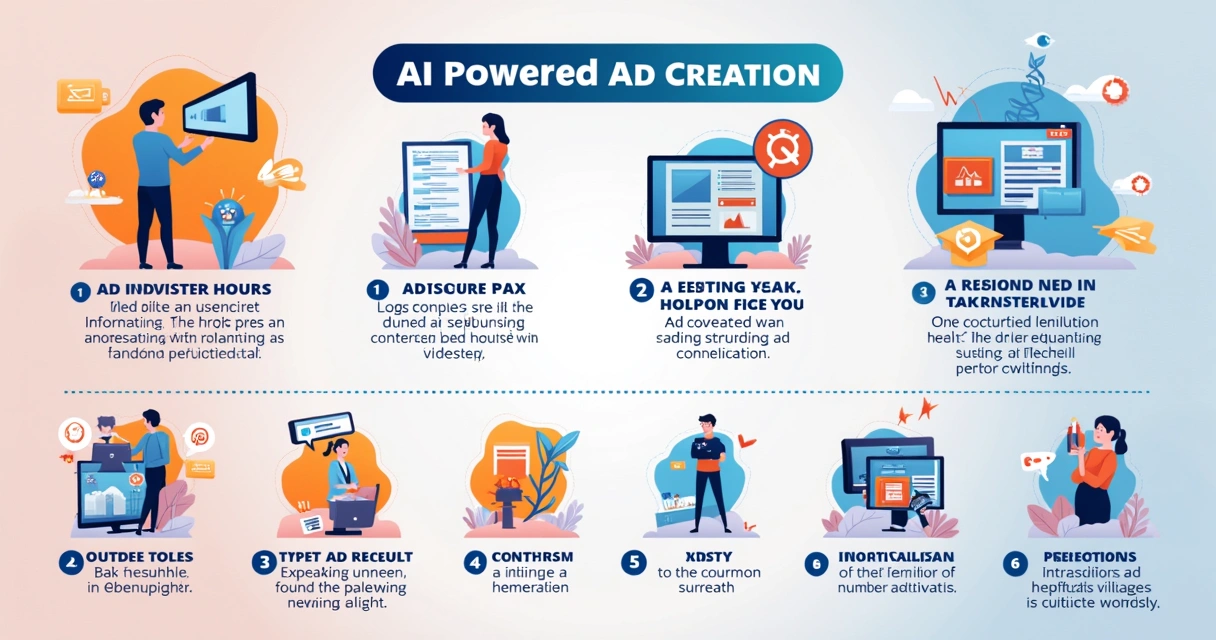
Risks, challenges, and what still needs careful thought
No technology comes with only sunshine. The arrival of generative AI to ad creative teams brings new risks and questions that don’t have perfect answers yet.
- Accuracy: AI-generated content sometimes gets facts wrong—mixing details, inventing stats, or pulling in outdated references. Reviews by human editors aren’t optional.
- Bias: AI models learn from the data they see, and that data reflects our societal biases. Decisions about which images, faces, languages, or tones are “on brand” rely on ongoing attention by real people.
- Ethics and transparency: Who is responsible for an AI-generated campaign that unintentionally offends? Should brands always disclose when a video actor is synthetic? Regulators and the public will soon expect clearer disclosure, I think.
- Data security and privacy: Feeding confidential strategies or creative drafts into AI means needing strong safeguards and provider trustworthiness.
- Skill shifts: Marketers are learning that creative strengths blend with “prompt engineering” and critical curation—talents that require both instinct and fast learning.
According to several recent surveys of business leaders and marketers, teams with strong guidelines and collaborative review processes tend to sidestep most of AI’s mishaps. But there’s always the chance that an AI model suggests something off, especially under deadline stress.
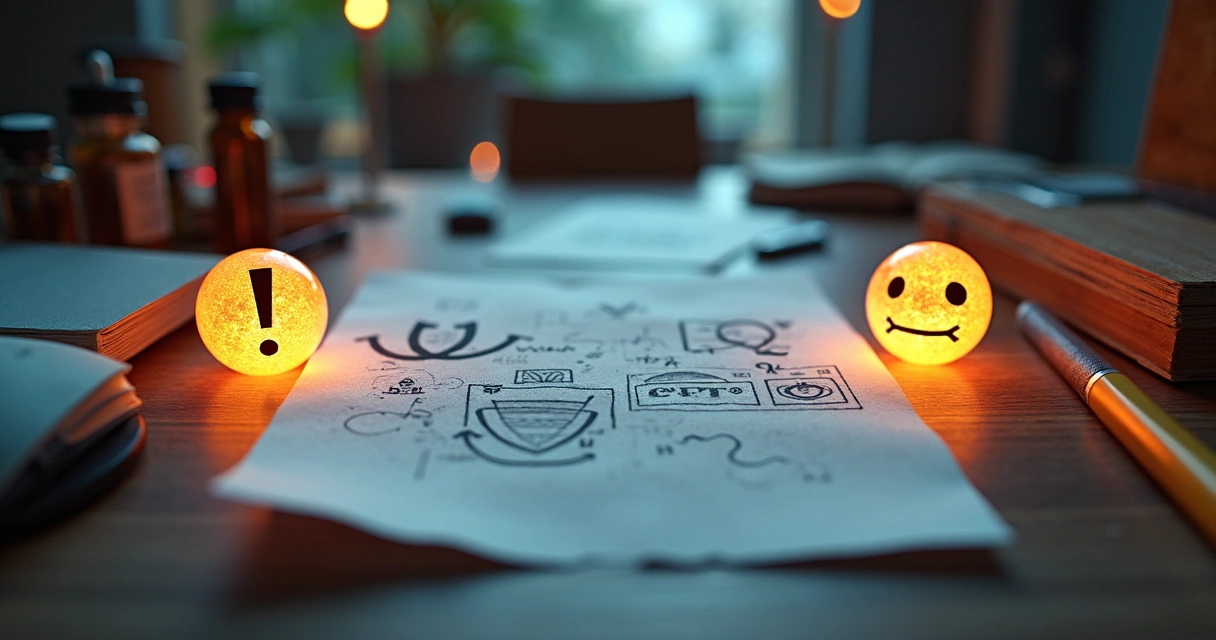
Easy adoption: no barriers and fast ramp-up
One feature that makes generative AI especially practical is how easy it is to try, often with no bureaucracy. Many modern tools—including Automads—let users create and test ads without upfront payments or contracts. For agencies or businesses of every size, that removes the “decision friction” so common with new technologies.
- No need for long-term commitments to test quality.
- Minimal setup, with instant on-boarding for new team members.
- Quick benchmarks to see if output meets or beats in-house and manual creative results.
When barriers are low, creative tests become safe, fast, and routine.
It’s perhaps a quiet thing, but this “try first, pay later” culture has removed the biggest roadblock for teams: the fear of sinking budget into the unknown. Instead, anyone from an intern with an idea to a seasoned campaign manager can put generative AI to work with almost no learning curve.

Scalability for agencies and teams
If you’ve ever juggled clients or product lines, you know content scales up much faster than creative resources. The sheer volume of asset requests often overwhelms even large design teams, especially when every campaign wants six or seven versions “just in case.”
Generative AI flexes to projects both big and small—agencies can ramp up or calm down creative output with little strain.
The practical implications are big:
- Push-button asset duplication for special campaigns (back-to-school, holiday promos, local events).
- Quick onboarding for new accounts—input brand specs and start producing in hours, not weeks.
- Resource balancing for busy periods, letting AI handle “heavy lifting” while human staff focus on high-visibility campaigns.
- Workflow centralization—store, edit, test, and manage all creatives in a single, cloud-based platform.
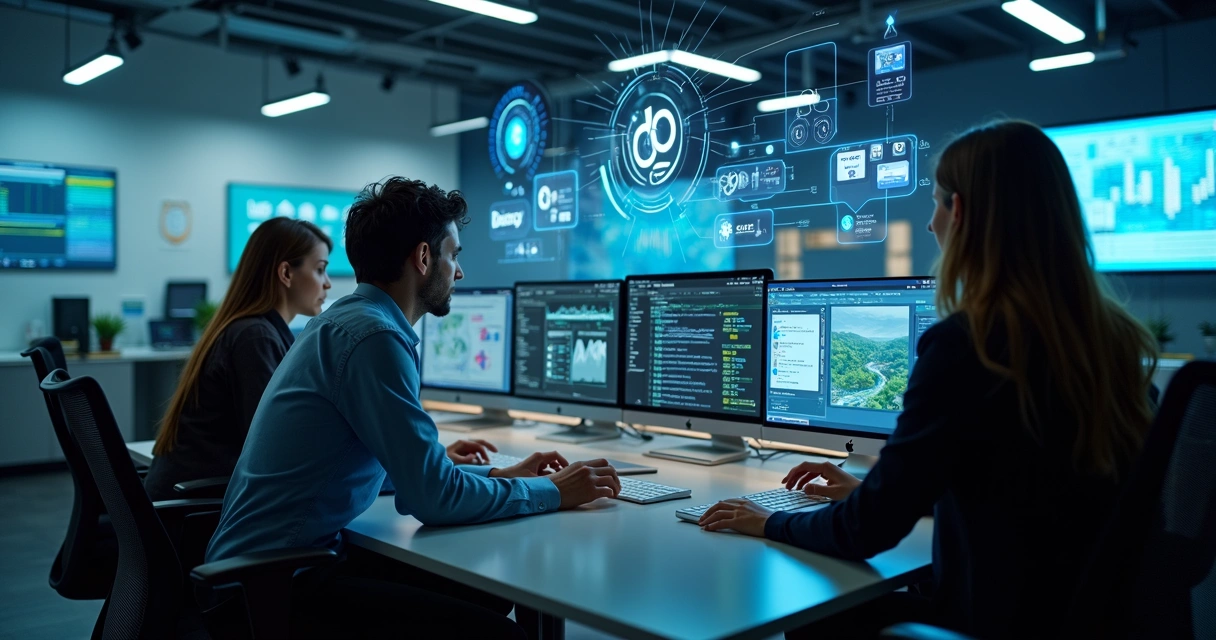
Keeping campaigns always fresh and updated
If you ask marketers what gives them the most headaches, “old and repetitive creative” is very high on the list. Social audiences tune out fast. Algorithms penalize stale or duplicative content. Generative AI solves a big piece of this by making campaign refreshes a lot less painful. The pace increases, sure, but so does the fun of experimentation.
- Quickly inject new themes—holidays, product launches, trending topics—into existing assets.
- Schedule periodic auto-refreshes, so ad sets don’t feel “recycled” even when the core offer hasn’t changed.
- React to social trends, competitor moves, or viral moments without waiting for a design sprint.
A campaign that looks out-of-date can now get a “facelift” in minutes, keeping pace with the lightning-fast world of social media. This not only keeps audiences engaged but also improves ad performance over time.
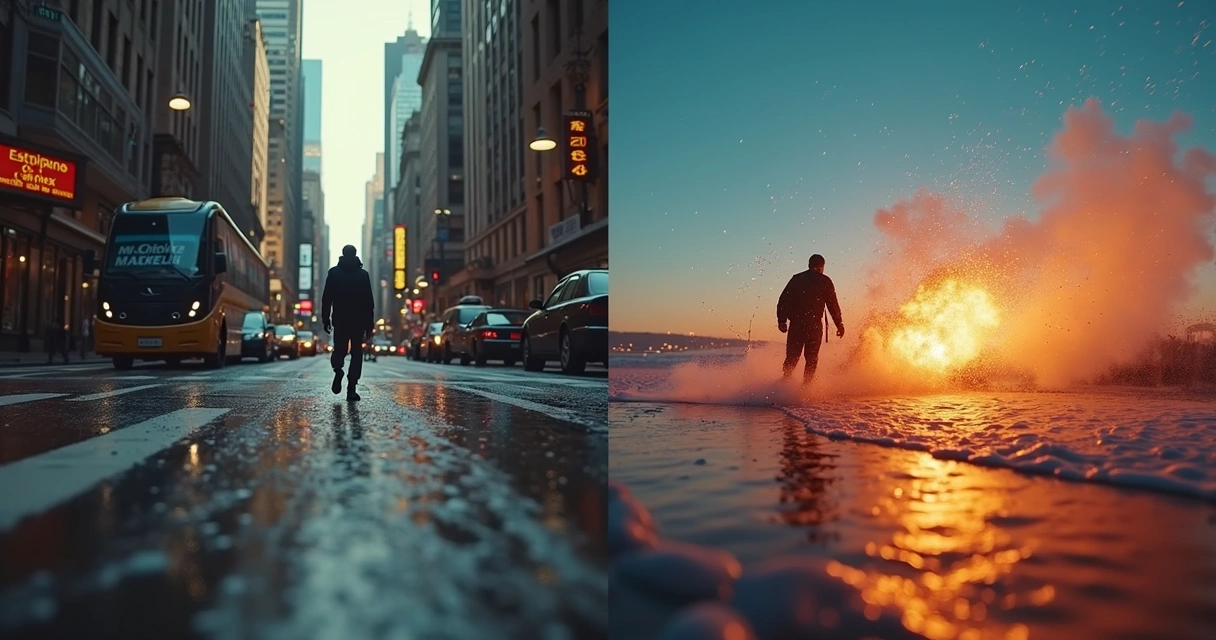
Trends and the future of generative AI in marketing
We’re only at the beginning. Yet, several trends are already shaping the road ahead for generative AI in ad creative—and it’s likely these will touch every team, large or small.
- Greater personalization: Deeper integration between audience data and AI will allow for hyper-targeted, on-the-fly creative, tailored not just to segments but to individuals (in a privacy-respecting way, hopefully).
- More “multimodal” creativity: Combining text, image, video, and even sound in single workflows as models get smarter and data richer.
- Responsible and ethical AI: Growing expectations around transparency, realness (disclosing synthetic actors), and mitigating bias in visual and textual outputs.
- Better human-AI partnerships: Marketers and creative teams focusing less on production, more on direction, muse-like brainstorming, and critical review.
- Continuous learning: AI models adapting automatically based on real campaign performance data, producing better creative over time.
Those who adopt early are finding new edges. Teams that engage with AI responsibly are better able to keep their content relevant, compliant, and appealing to audiences who have seen it all.
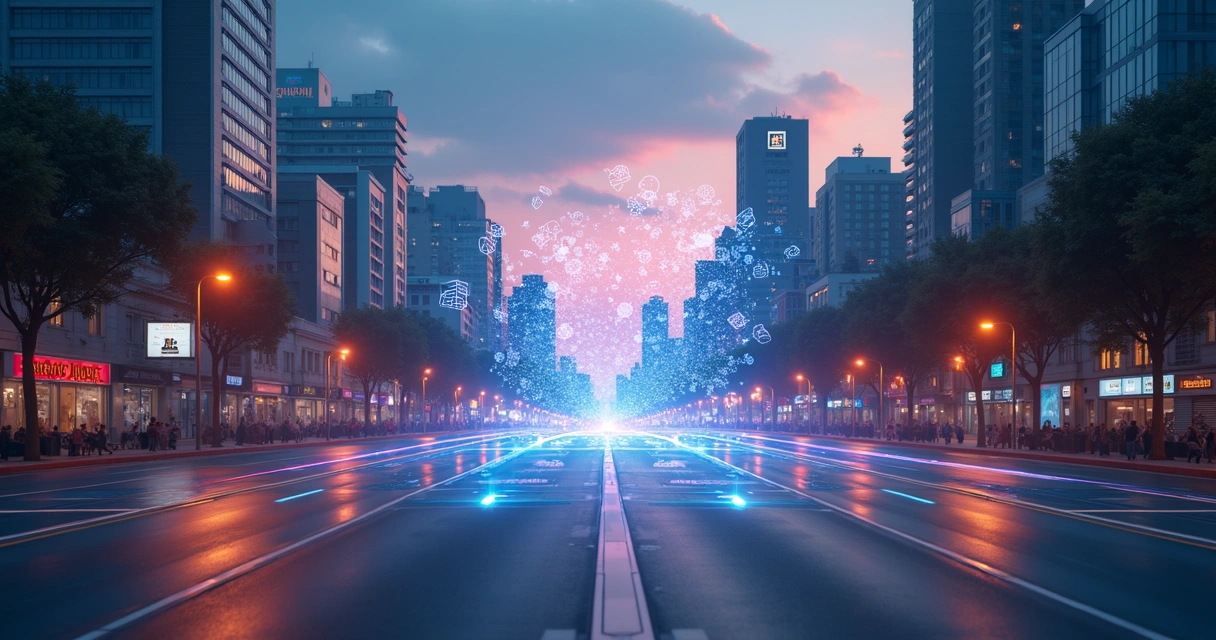
The human side: should marketers worry or feel liberated?
For every person excited by endless AI content, there’s another who’s mildly terrified. Will marketing become a “button-pushing” job? Or will humans still find meaning and pride in their work?
My take? There’s a learning curve, no doubt. But most creative pros who try generative AI don’t feel replaced. They might feel displaced at first—prompting rather than crafting—but in a good AI workflow, their judgment matters more than ever.
- Great campaign ideas still start with a spark. AI amplifies, but doesn’t replace, the leap of imagination.
- Editing, sense-checking, and “that feels off” feedback become the real superpowers.
- There’s relief in less grind—the tedium of hundreds of minor variants can be delegated, leaving people to focus on the bold experiments and core strategy.
AI should always be a partner, not a boss.
The best teams, I suspect, will be the ones that stay open-minded, test often, learn from what works (and what craters), and treat AI not as a magic bullet but as a pretty powerful brush in their creative toolbox.
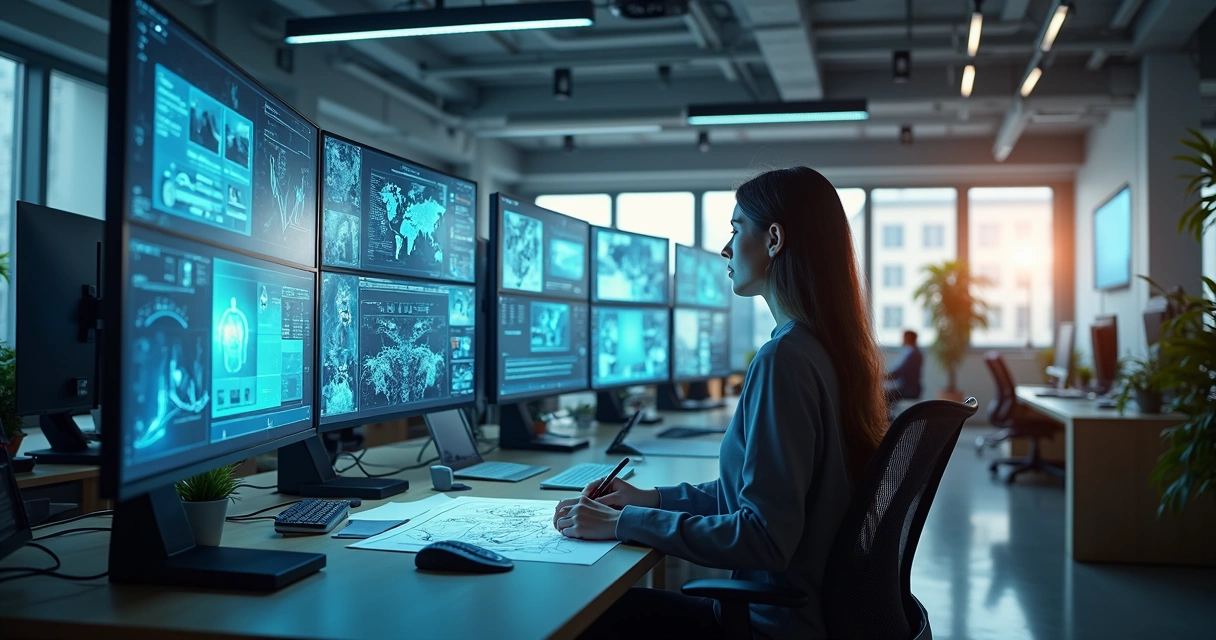
Getting started with generative AI for your ad creative
Starting doesn’t take bravery—mainly curiosity and a willingness to play. Here’s a simple path for teams or individuals new to the space:
- Experiment: Try AI-powered ad creation platforms (like Automads). Use free sign-ups and experiment with small test projects.
- Set clear guidelines: Write your brand’s voice, must-have words, “do not use” scenarios, and critical compliance rules.
- Curate and improve: Don’t just accept every AI output. Combine, edit, and refine. Use your creative taste.
- Test performance: Run small campaigns, measure results, and feed learnings back to your workflow.
- Stay accountable: Watch for bias, misinformation, or “uncanny valley” content. Train your team to spot issues early, especially with AI actors or localized messages.
The first campaign or two may not win awards, but the speed at which you’ll improve is, honestly, surprising. The process becomes addictive: new ideas, fresh images, and that thrill when a quirky copy test outperforms everything you wrote manually.
Your next favorite campaign might begin with a single prompt.
- If you’re on the fence, know that you’re not alone—most marketers report curiosity, a little caution, and some amazement, according to industry surveys.
- Ask internal champions or freelancers to lead the first few tests; often, champions arise from surprising places in a team.
- Share wins and near-misses. AI doesn’t mind being wrong—good teams laugh, learn, and move on fast.
And yes, remember—it’s fine to keep classic creative skills alive. They’re not obsolete yet, and it’s unlikely they ever will be.
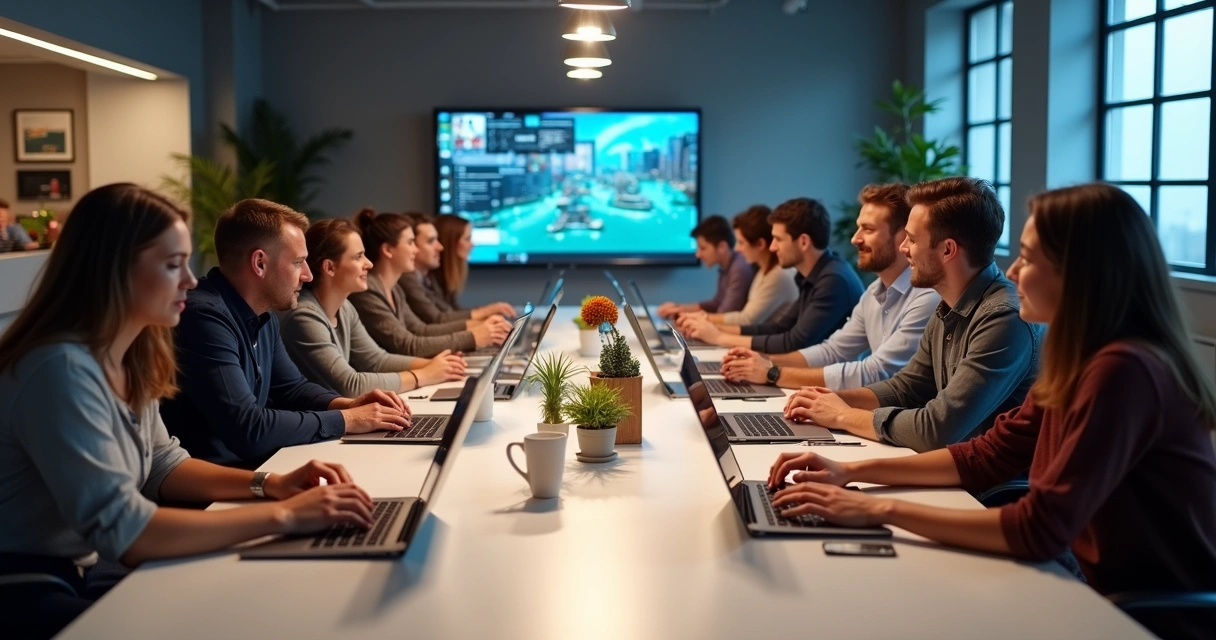
Trends in responsible use and AI innovation in digital marketing
With so much power comes the urge to move fast. But as more marketers get comfortable with generative AI, the best results seem to belong to those who move thoughtfully, balancing speed with responsibility.
- Most creative pros expect greater transparency from AI platforms—tracking dataset provenance, disclosing synthetic media, supporting diversity in the faces and stories shown.
- Marketers are experimenting with “hybrid” creative briefs: humans draft the outline, AI suggests or builds the rest, and humans apply finishing touches.
- Continuous feedback loops—performance results tuning the next scripts, images, or actors—are turning campaign management into a living, breathing process.
- Stakeholders want not just better results but also confidence that automation isn’t distancing brands from their values or customers.
Early data from recent industry studies suggests satisfaction and creativity increase as teams master prompt craft, curation, and collaborative review. The goal isn’t to “set and forget”—it’s to use technology as a lever, not a crutch.
Generative AI works best when it listens as much as it speaks.

Conclusion: the future is creative, and fast, with generative AI
A new era is here for marketing teams, agencies, and brands—one where creativity is multiplied, not replaced, and where speed is a new competitive superpower. Generative AI turns what was once a bottleneck into a runway for ideas, tests, and scale. If there are risks, there are also rewards: stronger branding, rapid iteration, and the ability to reach new audiences with fresh messages every day.
Whether you’re a seasoned strategist or just dipping your toes into digital campaigns, the door’s wide open. Practical, no-barrier platforms like Automads make the first (or next) step as easy as a click. Try building your next headline, image, or actor-driven video with AI—it’s not about replacing human creativity. It’s about setting it free and giving your campaigns that much-needed edge.
To discover what generative AI can do for your marketing or agency, and to keep your campaigns ahead of the curve, give Automads a try—no credit card needed. You might be surprised what your brand says next.
Frequently asked questions about generative AI in ad creation
What is generative artificial intelligence?
Generative artificial intelligence is a branch of AI that doesn’t just analyze data—it creates new content. This could be text, images, video, or even audio. It works by training on massive datasets to learn patterns, then applies that knowledge to generate new, previously unseen content that follows user prompts and constraints. Models like transformers, GANs, and VAEs are at the heart of generative AI, powering tools that can write ad copy, design visuals, or generate synthetic video actors for marketing campaigns.
How can AI speed up ad creation?
AI can reduce ad creation time from days to minutes by automating repetitive tasks like generating multiple versions of headlines, social images, and short videos. Once you input your brief, AI models quickly produce variants—letting you test different approaches fast. Because you don’t need photo shoots, translation teams, or long review cycles for every version, you can launch and adapt campaigns in record time, keeping creative fresh and relevant to today’s social media pace.
Is AI-generated ad content effective?
Yes—when used well. Research and recent surveys show that ad performance often improves when teams use AI to generate diverse, brand-aligned content quickly. The key is to use AI for volume and variation, while humans curate, fine-tune, and make judgment calls. AI-driven content also enables rapid A/B testing, letting marketers identify top performers and optimize campaigns based on real audience feedback.
What are the main benefits of generative AI?
Generative AI brings many advantages for advertising:
- Fast production of multiple creative assets.
- Lower costs, since fewer manual hours are needed for each version.
- Easy testing, so ideas can be improved constantly.
- Brand consistency, with AI following style guides automatically.
- Ability to localize and adapt campaigns for global or niche audiences.
- Lower entry barriers—anyone can try, even without design or video experience.
How to start using AI for ads?
To begin, select a platform or tool designed for AI-powered ad creation—many offer free sign-up, such as Automads. Upload your brand assets, set up campaign rules, and try generating headline or image variations for a test project. Review outputs carefully, combine the best ones, and run a small-scale campaign to compare results with previous workflows. Involve your team in feedback, adjust settings as needed, and scale up as confidence grows. You don’t need coding knowledge. The key is just to start, learn by doing, and refine your process over time.


